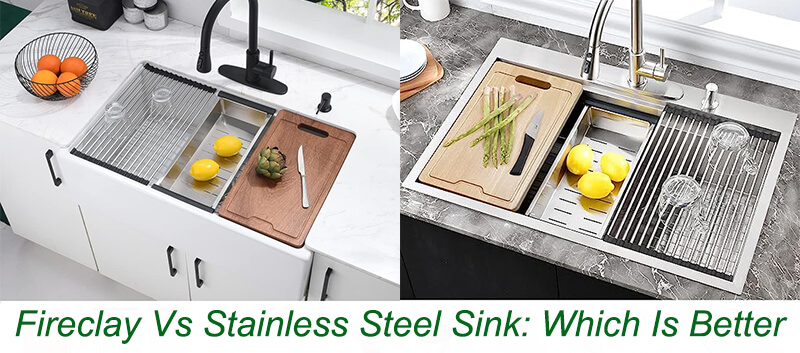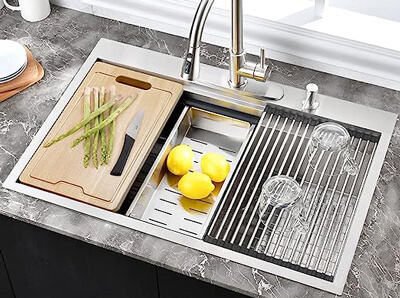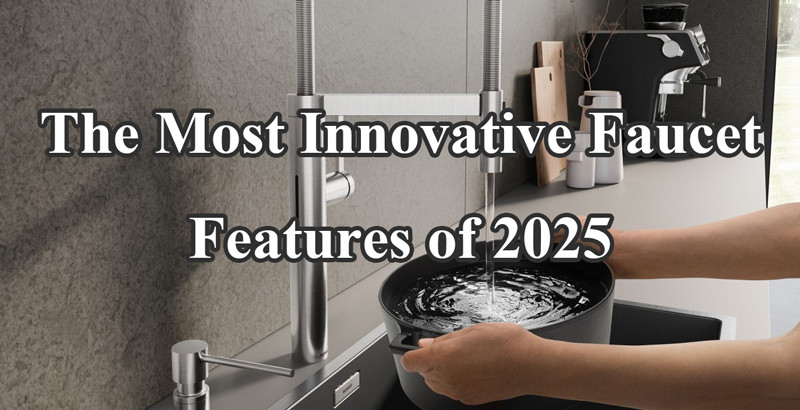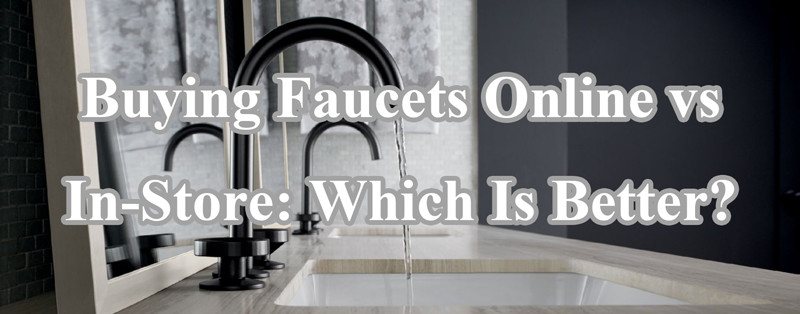 When it comes to choosing a sink for your kitchen, you’re faced with numerous options, but two materials stand out: fireclay and stainless steel. Each has its own unique characteristics, benefits, and drawbacks. In this article, we will delve into the details of fireclay vs stainless steel sinks to help you make an informed decision. We will explore their durability, aesthetics, maintenance requirements, and overall performance, allowing you to determine which material is better suited for your specific needs.
When it comes to choosing a sink for your kitchen, you’re faced with numerous options, but two materials stand out: fireclay and stainless steel. Each has its own unique characteristics, benefits, and drawbacks. In this article, we will delve into the details of fireclay vs stainless steel sinks to help you make an informed decision. We will explore their durability, aesthetics, maintenance requirements, and overall performance, allowing you to determine which material is better suited for your specific needs.
Fireclay Vs Stainless Steel Sink: Which Is Better
Durability and Strength
When it comes to durability, both fireclay and stainless steel sinks offer advantages. Fireclay sinks are made from a combination of clay and glaze, which is then fired at high temperatures. This process results in a strong and solid sink that can withstand heavy daily use. Fireclay sinks are resistant to chipping, scratching, and staining, making them a durable choice for busy kitchens.
On the other hand, stainless steel sinks are known for their exceptional strength and resilience. They are made from a combination of steel and chromium, which makes them highly resistant to corrosion, rust, and staining. Stainless steel sinks are also resistant to heat and impact, making them a popular choice for commercial kitchens. However, they may develop scratches over time, although these can often be buffed out.
Aesthetics and Style
When it comes to aesthetics, both fireclay and stainless steel sinks offer unique options. Fireclay sinks have a classic and timeless appeal, with a smooth and glossy finish that adds a touch of elegance to any kitchen. They are available in a range of colors, including white, beige, and gray, allowing you to match them to your kitchen decor effortlessly.
On the other hand, stainless steel sinks have a sleek and modern look that complements contemporary kitchen designs. They are known for their clean lines and reflective surfaces, which can help create a sense of spaciousness in smaller kitchens. Stainless steel sinks are available in various finishes, including brushed, satin, and polished, allowing you to choose the one that best suits your style.
Maintenance and Care
When it comes to maintenance, both fireclay and stainless steel sinks have their own requirements. Fireclay sinks are relatively easy to clean and maintain. They are non-porous, which means they are resistant to staining and the growth of bacteria or mold. However, they may require regular cleaning to prevent the build-up of mineral deposits or soap scum. Harsh abrasive cleaners should be avoided to prevent scratching the glaze.
Stainless steel sinks are also easy to maintain. They are resistant to stains and bacterial growth, and most can be cleaned with mild soap and water. However, they are prone to showing water spots and fingerprints, requiring regular wiping to maintain their shine. Additionally, stainless steel sinks can develop scratches, although these can often be camouflaged with a stainless steel sink grid or by using a stainless steel cleaner.
Performance and Price
In terms of performance, both fireclay and stainless steel sinks offer reliable functionality. Fireclay sinks are known for their excellent heat resistance and ability to absorb noise, making them ideal for busy kitchens. They also have a smooth surface that makes cleaning dishes easier. However, they can be more prone to chipping or cracking if heavy objects are dropped on them.
Stainless steel sinks are highly durable and resistant to heat, making them suitable for all types of kitchen tasks. They are lightweight, making installation easier, and they do not chip or crack like fireclay sinks. However, they can be noisier and prone to scratching.
When it comes to price, fireclay sinks are generally more expensive than stainless steel sinks due to the manufacturing process and the use of high-quality materials. Stainless steel sinks offer a more affordable option for those on a budget.
Conclusion
Both fireclay and stainless steel sinks have their own unique qualities and benefits. Fireclay sinks offer a classic and elegant look, exceptional durability, and easy maintenance, but they come at a higher price point. Stainless steel sinks provide a modern aesthetic, excellent durability, and a more affordable price range, although they may require more maintenance to keep them looking their best.
Ultimately, the choice between fireclay and stainless steel sinks comes down to personal preference, kitchen style, and budget. Consider the pros and cons of each material, weigh your priorities, and select the sink that best suits your needs and complements your kitchen design.
 WOWOW Faucets
WOWOW Faucets







您好!Please sign in